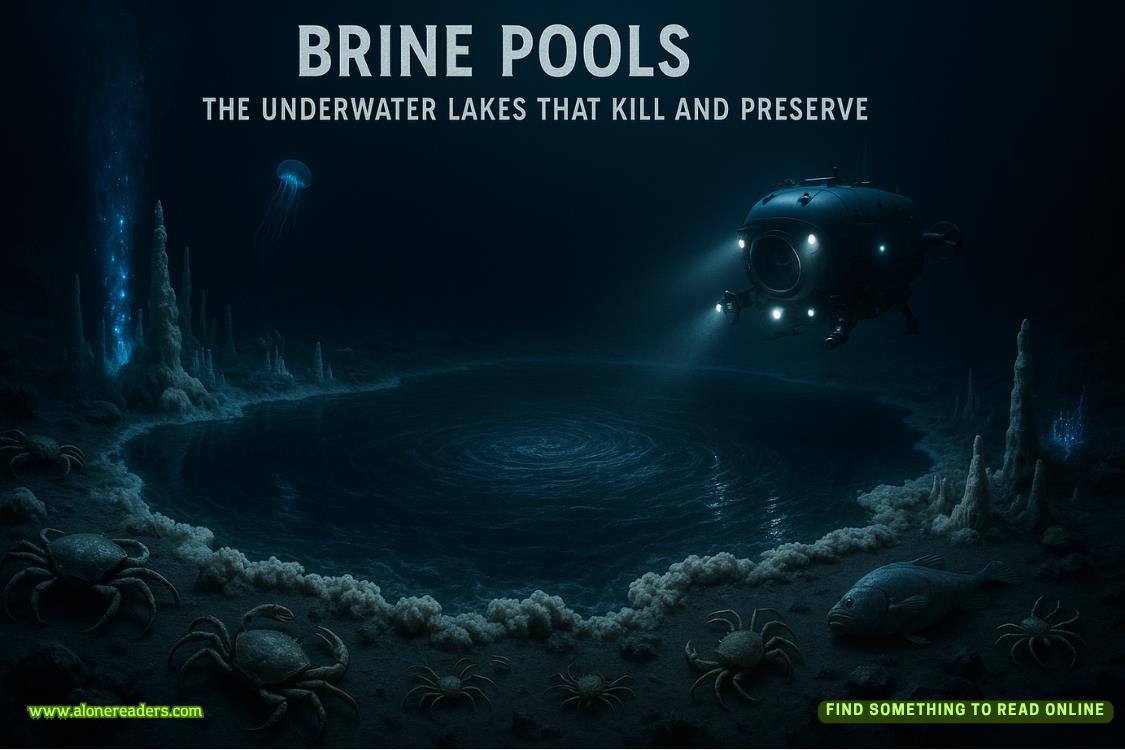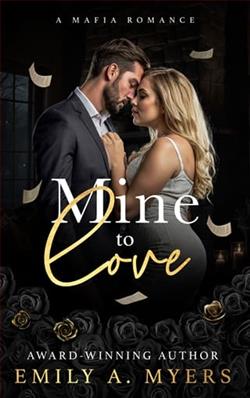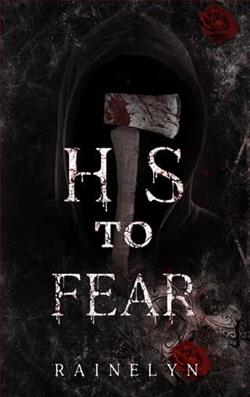Page 86 of A Death in Cornwall
“Remove?”
“Robinson’s word, not mine.”
“When did you realize that he had made you an accomplice in yet another murder?”
It wasn’t until the next morning, when Lambert read about Ricard’s killing in Nice-Matin. Alarmed, he rang Trevor Robinson in Monaco and informed him that he was going to take a nice long vacation somewhere far away. Brazil, perhaps. Or better yet, Sri Lanka. Instead, he barricaded himself in the apartment in Cannes and began grabbing as many files from Harris Weber & Company as he could lay his hands on. His plan, to the extent he had one, was to use the material to ensure his survival when the day came that Trevor Robinson decided that he was no longer of use to the firm.
“That day arrived much sooner than I expected. Fortunately, Monsieur Allon, you were there to prevent me from being killed.”
“Don’t thank me, thank my associate. She’s the one who traced the hack to that apartment in Cannes.”
Lambert looked at Ingrid and asked, “How?”
She rolled her eyes. “I only hope you covered your tracks a little better when you hacked into Harris Weber’s database.”
“I did.”
“Find anything interesting?” asked Gabriel.
Lambert picked up one of the external hard drives he had taken from the apartment. “A directory of every shell company ever created by the firm. But I’m afraid it’s useless without the names of the beneficial owners.”
“The clients, you mean?”
“Oui, Monsieur Allon.”
“And where would we find those?”
“All of the firm’s sensitive attorney-client information is stored offline on an external hard drive. And the hard drive is locked in a safe inside the firm’s offices in Monaco.”
“How much data are we talking about?” asked Ingrid.
“Three terabytes, at least.”
“Does the safe have a door on it?”
“Of course.”
“That’s a relief,” said Ingrid. “Combination or keypad?”
35
Villa Orsati
Philippe Lambert’s external hard drives contained more than merely a list of the shell companies created by the law firm of Harris Weber & Company. He had also saved the contents of Charlotte Blake’s missing mobile phone—the metadata, the geolocation data, the Internet browsing history, the emails and text messages. They left no doubt that she had been involved in an affair with Leonard Bradley, a wealthy high-frequency trader who owned a substantial clifftop home not far from the spot where she was murdered.
There was also a copy of Professor Blake’s provenance for an untitled portrait of a woman, oil on canvas, 94 by 66 centimeters, by Pablo Picasso. It was purchased, she discovered, from Galerie Paul Rosenberg in June 1939 by the businessman and collector Bernard Lévy. In July 1942, one week after the Paris Roundup, Lévy entrusted the painting to his lawyer, Hector Favreau, and went into hiding in the south with his wife and daughter. Favreau kept the painting until 1944, when he sold it to André Delacroix, a senior official in the collaborationist Vichy regime. The painting remained in the Delacroix family until 2015, when it was put up for sale at the venerable Christie’s auction house in London. It fetched a mere fifty-two million pounds, in part because of concerns about its past. The buyer was OOC Group, Ltd., of Road Town, the British Virgin Islands. Charlotte Blake, a former employee of Christie’s, had a photocopy of the sales agreement to prove it.
But how had Trevor Robinson known of Professor Blake’s explosive findings? The most likely explanation was that Robinson had been tipped off by someone, probably in mid-December. Gabriel searched the professor’s emails and text messages but found nothing to suggest she had shared the information with anyone. The phone’s geolocation data indicated that she had spent the long winter academic break in isolation at her cottage in Cornwall. Her only travel during this period was a three-day visit to London, where, on the afternoon of December 15, she spent ninety minutes at the Courtauld Gallery.
It occurred to Gabriel that Sarah Bancroft, a member of the Courtauld’s board of trustees, might know something about Professor Blake’s visit to the gallery. He reached her at Isherwood Fine Arts, where she was showing a painting to a prospective buyer. She sounded relieved to hear his voice.
“Please tell me you didn’t kill him,” she said.
“Who?”
She delivered her answer in a stage whisper. “Monsieur Ricard.”
“We should probably postpone this discussion until I get back to London.”















